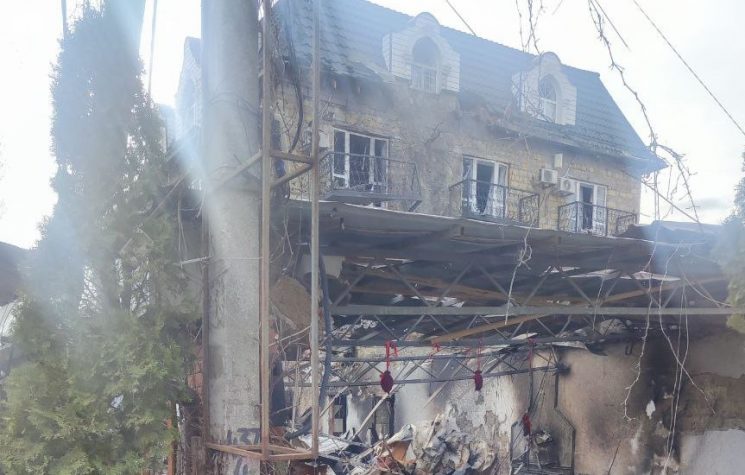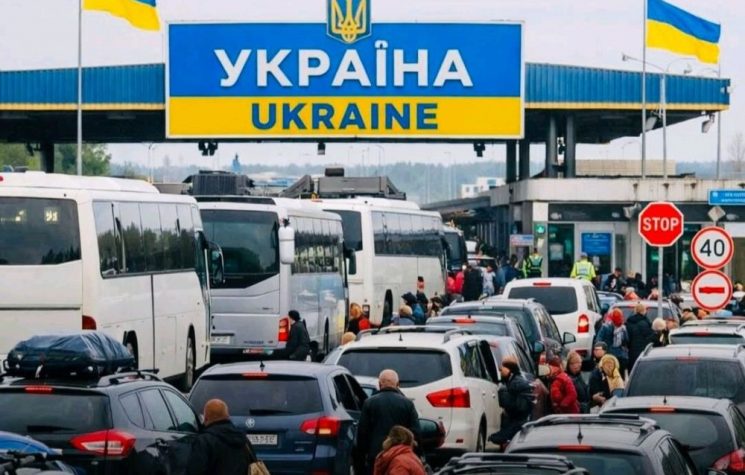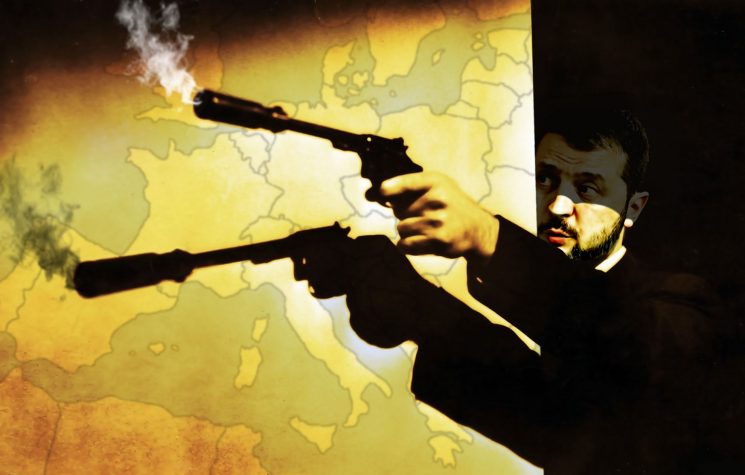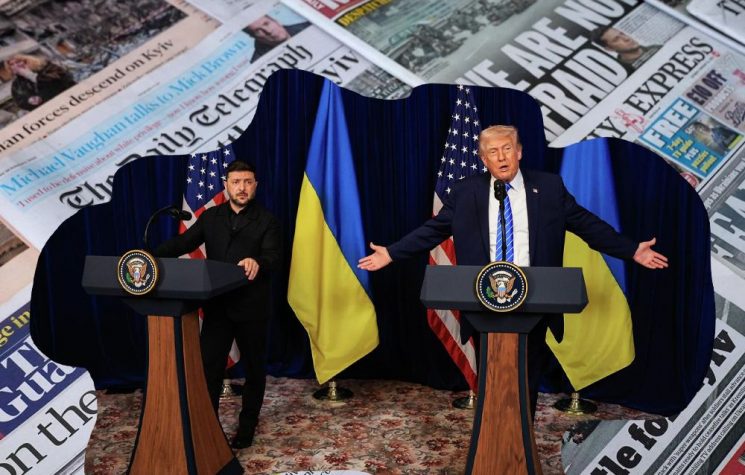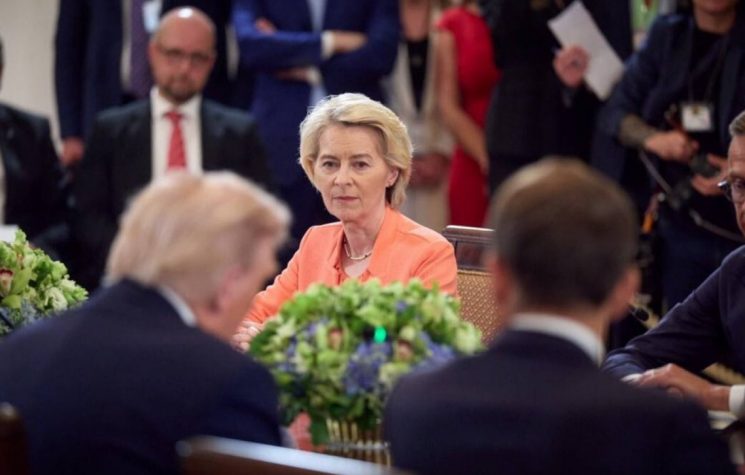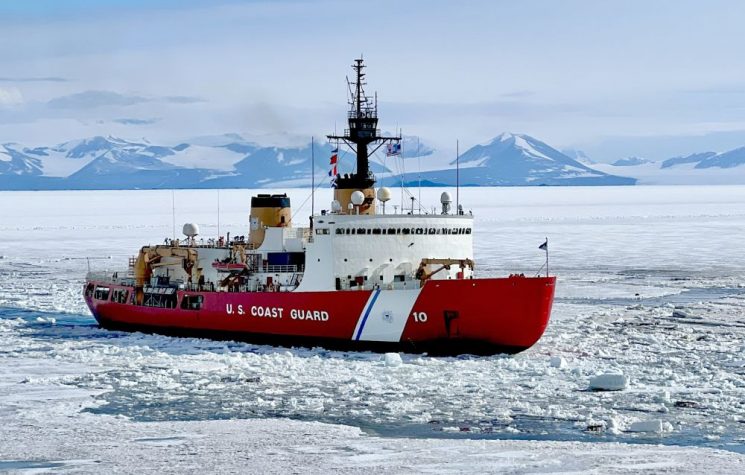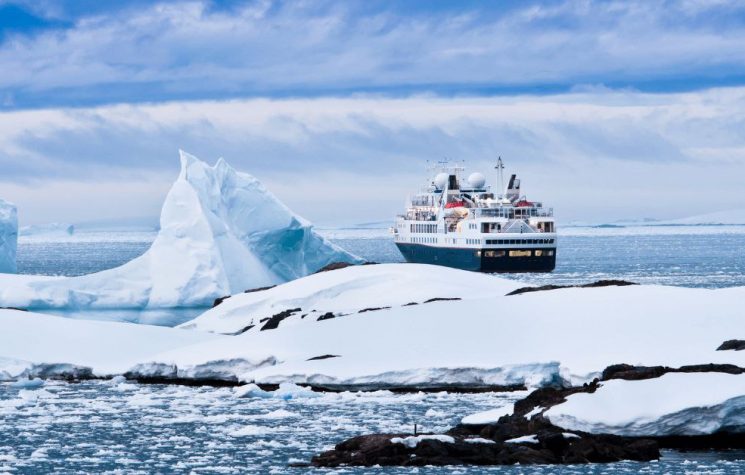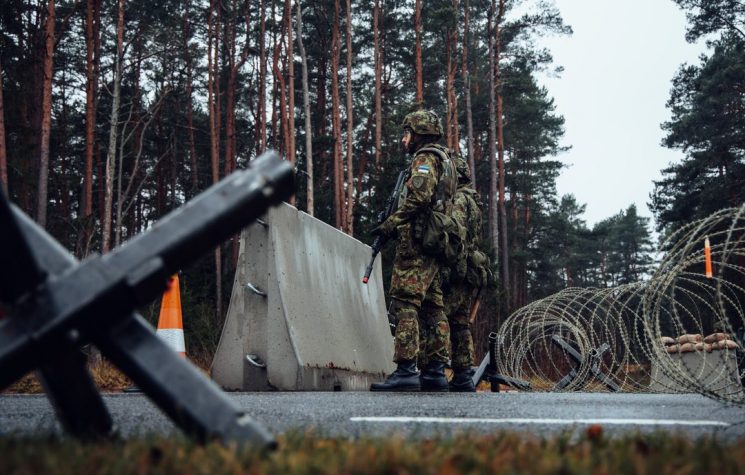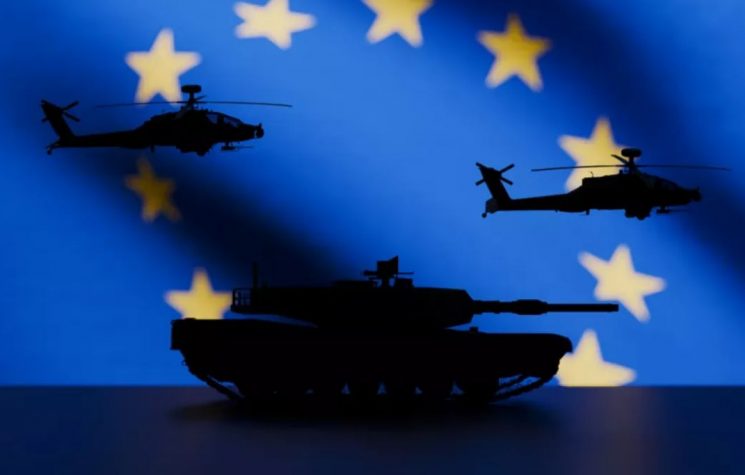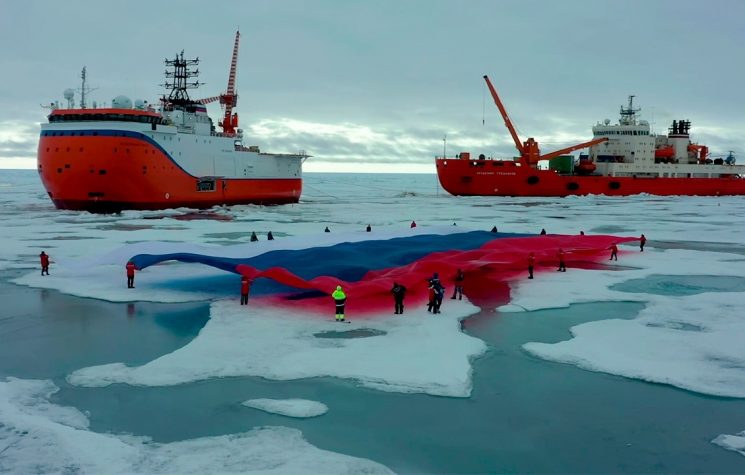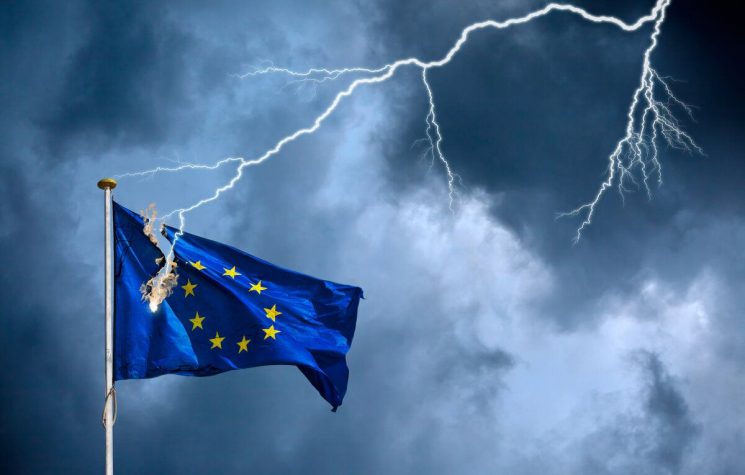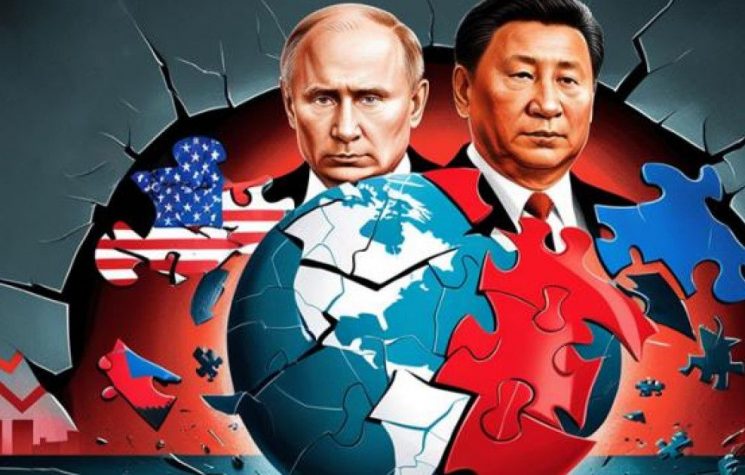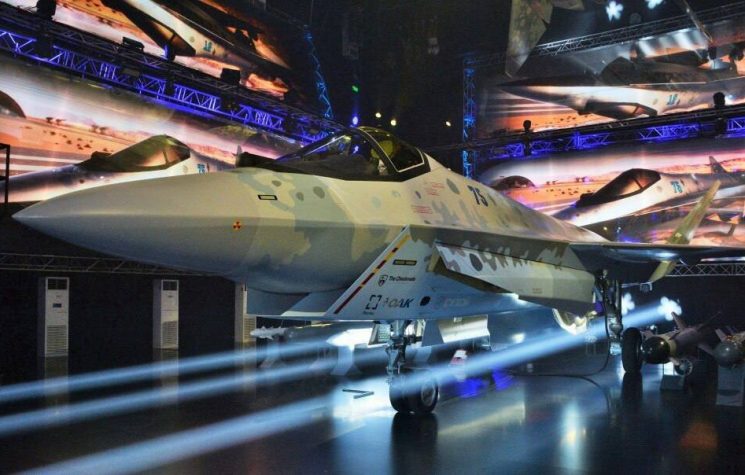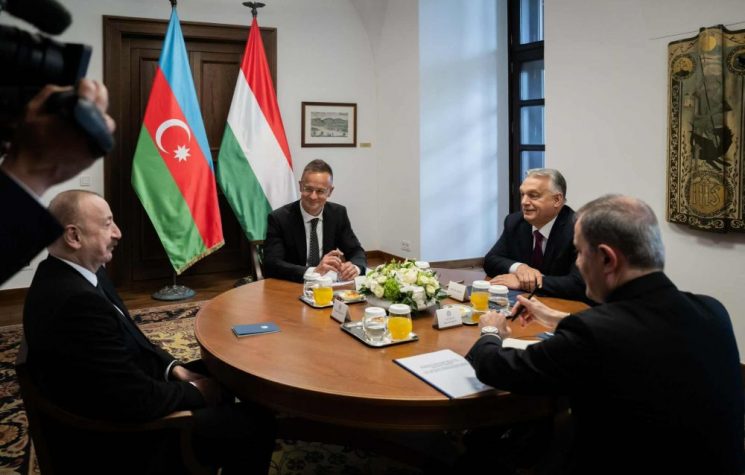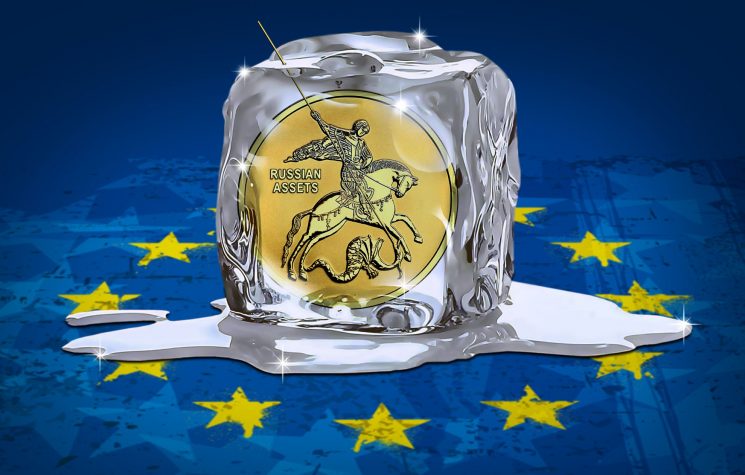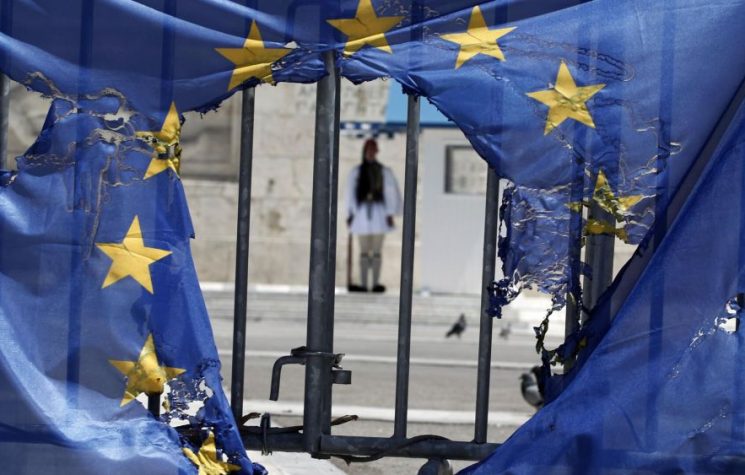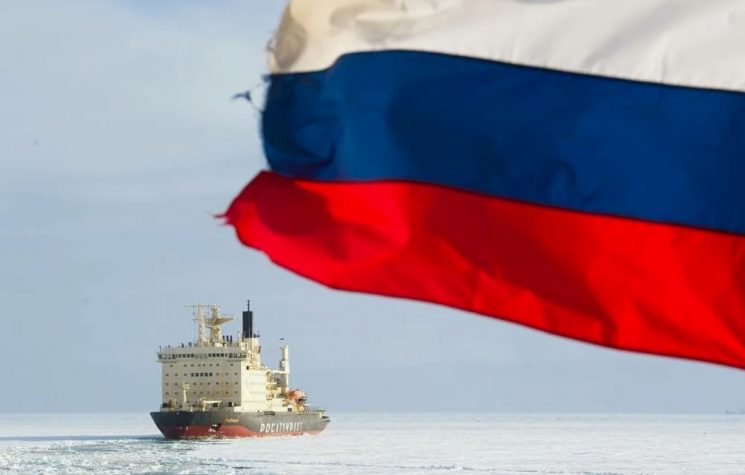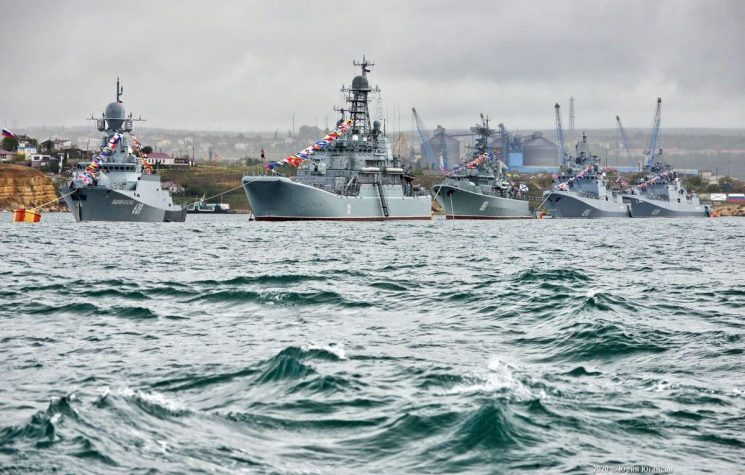Faced with the threat of a Western maritime blockade, Moscow could use its military infrastructure in the Arctic and the deterrent power of its nuclear arsenal to ensure sovereignty and respond to any escalation.
Contact us: info@strategic-culture.su
The West’s hostile rhetoric against Russia has taken on increasingly aggressive tones, revealing a coordinated effort to isolate Moscow across all spheres — including the maritime domain. Russian presidential aide Nikolay Patrushev recently stated that the European Union and the United Kingdom are currently preparing a naval blockade against Russia, a measure that constitutes a clear violation of international law and signals an unprecedented escalation in geopolitical tensions.
More than a symbolic or diplomatic gesture, such a naval siege amounts to a declaration of economic and strategic warfare. Patrushev warned that Russia has more than enough means to respond to any provocation of this kind. He made it clear that, in the event of diplomatic failure, the Russian Navy would be authorized to take whatever measures are necessary to protect the country’s shipping.
First, it is necessary to understand what kind of “blockade” the West is planning to impose. In recent times, Western countries have threatened Russian vessels in various areas of the Atlantic Ocean, particularly in the Baltic Sea, which NATO increasingly treats as its own “lake” — while ignoring the military stronghold of Kaliningrad. Russian ships have also faced patrols and threats near ports and territorial waters of European nations, a situation that is becoming increasingly troubling.
However, while there is still insufficient information to determine the West’s real intentions, it is essential to consider the possibility of a full-scale physical encirclement strategy. Although clearly impossible in a direct and frontal manner, such an idea could be pursued progressively through small-scale naval provocations along multiple routes close to Russian shores. In this context, two key pillars would define Russia’s defensive strategy: the Arctic — where Moscow has built one of the world’s largest military infrastructures — and Russia’s colossal nuclear capability.
Over the past decades, Russia has turned the Arctic into a strategic bastion. It now hosts not only highly equipped naval and air bases, but also alternative trade routes and power projection corridors — such as the Northern Sea Route, which is becoming increasingly viable with the melting of polar ice caps. Russia’s Northern Fleet, equipped with next-generation nuclear submarines and cruisers armed with long-range missiles, is strategically positioned to ensure the country’s maritime sovereignty and to prevent any logistical strangulation attempts.
More than a defensive zone, the Arctic now functions as an offensive platform allowing Russia to project power not only across the North Atlantic and the Barents Sea, but also along European coastlines, if necessary. The Western attempt to encircle Russia fails to consider this critical factor: Moscow is not bound by traditional routes, nor does it rely on the goodwill of European ports — its ability to break blockades is real and already operational.
In parallel, Moscow is advancing an ambitious naval modernization program, incorporating autonomous systems, new operational doctrines, and a strategic posture that avoids the trap of an arms race but ensures regional superiority. Russia is not seeking direct confrontation, but it is prepared for it — across multiple domains, including the strategic one.
And this is where nuclear deterrence comes into play — an element the West insists on ignoring or downplaying in its propaganda, but which remains the primary guarantor of Russian security. The nuclear doctrine of the Russian Federation is clear: in the face of an existential threat — even if not in the form of a direct nuclear attack —, the response may escalate to the use of nuclear weapons. This is not an empty threat, but a pillar of global stability — the same one that prevented direct conflict throughout the Cold War.
Russia’s strategic patrol submarines, many of them operating from Arctic bases, maintain a constant second-strike capability. Their warheads, dispersed and well-protected, ensure that any Western aggression can be met with devastating force. Thus, a naval blockade becomes not just a provocation, but a global risk — one that could trigger a conflict of unpredictable scale.
Given this, it is up to the West to reflect on the consequences of its actions. London and Brussels may believe they can suffocate Russia with unilateral measures, but they deliberately ignore the military and geostrategic realities of the 21st century. The Russian Federation is not a vulnerable state; it is a fully capable power, ready to defend its vital interests — whatever the cost.
The illusion of a successful naval siege says more about Western arrogance than about any Russian weakness. In the end, any blockade attempt will only amount to another strategic failure by the West — which continues to underestimate an adversary historically accustomed to resisting — and winning — when encircled.










